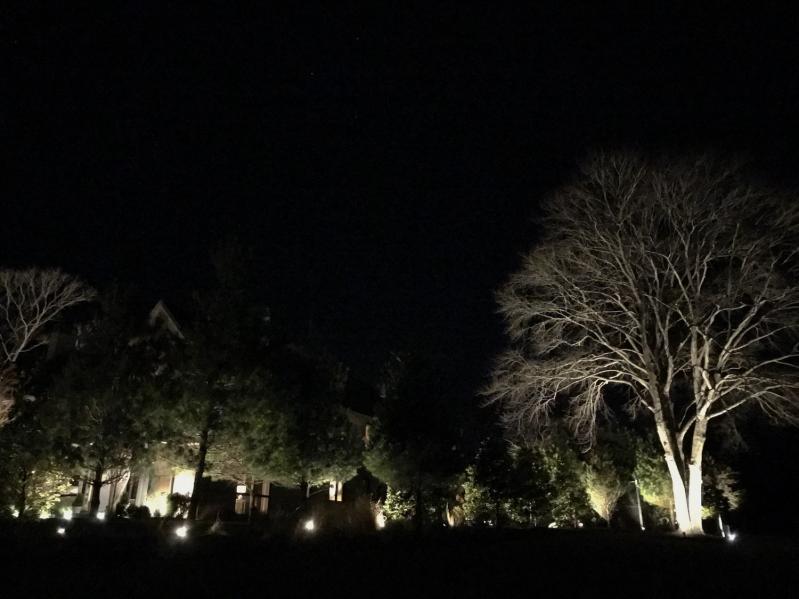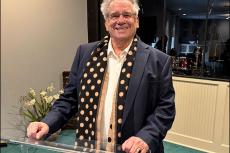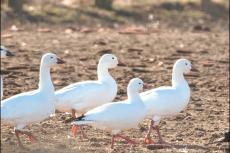All across East Hampton Town, stars and the surrounding darkness — the subject of poets, the source of myth — are being diminished by the proliferation of tree up-lighting and the late-night lighting of shrubs and other features of the built landscape, according to Kevin Cooper, who heads the town’s Public Safety and Code Enforcement Department. After receiving numerous complaints about “nuisance lighting” last year, Mr. Cooper sat down with the town attorney in January to brainstorm about changes to the code that would benefit not only the community, but also make it easier for his staff to do their jobs.
“They’re lighting everything that’s just green — new builds, it’s just ridiculous,” Mr. Cooper told the town board on Tuesday. “In the off-season nobody’s noticing, because they’re not here.”
Nicholas Coritsidis, an assistant town attorney who had studied the laws in surrounding towns, recommended several changes in the town code pertaining to lighting. Right now, residents may up-light a tree with the equivalent of a 75-watt bulb (1,000 lumens), and those lights must be extinguished by midnight. Under a proposed amendment, the bulb would be reduced to 40 watts (600 lumens) and would have to be turned off by 11 p.m.
Landscape lighting (used to illuminate pathways and foliage other than trees) would also have to be shut off 11 p.m. At present, it too is allowed to stay on until midnight; its bulb must not exceed 40 watts.
Councilwoman Cate Rogers framed the discussion using the town’s comprehensive plan. Protecting the night skies, she said, would also help to restore the overall environment.
“If you’re out after dark, turn all your lights out and look up. When I did that 20 years ago, I instantly fell in love,” Ms. Rogers said.
Mr. Cooper said the single-hour change would help with enforcement. “The old time was midnight, so a resident used to have to wait until after midnight [to complain]. At 11 p.m. in the summer, my people are still on, and can address the complaints. I can’t do enforcement unless I see the lights.”
The board was supportive. “It has beyond human effects as well,” said Councilman Tom Flight. In the city, he said, birds chirp through the night because of all the light, which, he said, is “devastating to their ecosystem.”
“There’s a seasonal element to this as well,” he said. “I’m wondering if we should consider different hours in the darker seasons. In the winter, it’s dark at 4:30 or 5 p.m. and you have these lights for six hours. Maybe start it earlier in the winter.” He suggested 8 or 9 p.m., and Councilman David Lys agreed.
The board discussed tying the turnoff time to a fixed period after sunset, but seemed to settle instead on simplicity. “It’s easier for homeowners to have a hard cutoff, if you’re setting your landscape lighting, like you do your sprinklers, as opposed to setting it to sunset,” said Supervisor Kathee Burke-Gonzalez.
“In no instance do we need to look at our trees in the middle of the night,” said Councilman Ian Calder-Piedmonte, “but I wouldn’t change it seasonally. I don’t think it’s fair. If someone wants to enjoy their property in the fall at 10 p.m., just like summer people, I have no problem with that.” He stressed, however, that lights should not be turned on again until 5 p.m. at the earliest, to prevent “day burn.”
A public hearing on the matter will be held in July. If passed, the law will not take effect until Jan. 1, 2025, despite a suggestion from Councilwoman Rogers that it be enforceable earlier.
“It’s important to specify lumens and kelvin, which is the color temperature,” she commented. “I don’t think it’s that onerous. It’s changing a bulb. I’m asking people to turn the lights off at 11 o’clock now, otherwise we’ll have a whole other summer of lights staring into people’s houses.”
“I want to clarify,” she continued. “This is for landscape lighting. It’s not the same as having your light on when you’re sitting on your back deck. This does not include that type of lighting,” which, she noted, should be “fully shielded.”
“This is strictly for something considered an accessory to landscaping,” Ms. Rogers concluded. “It’s not the town saying you can’t sit on your deck only two hours past sunset. But again, I also invite people to turn everything off and just look up.”




